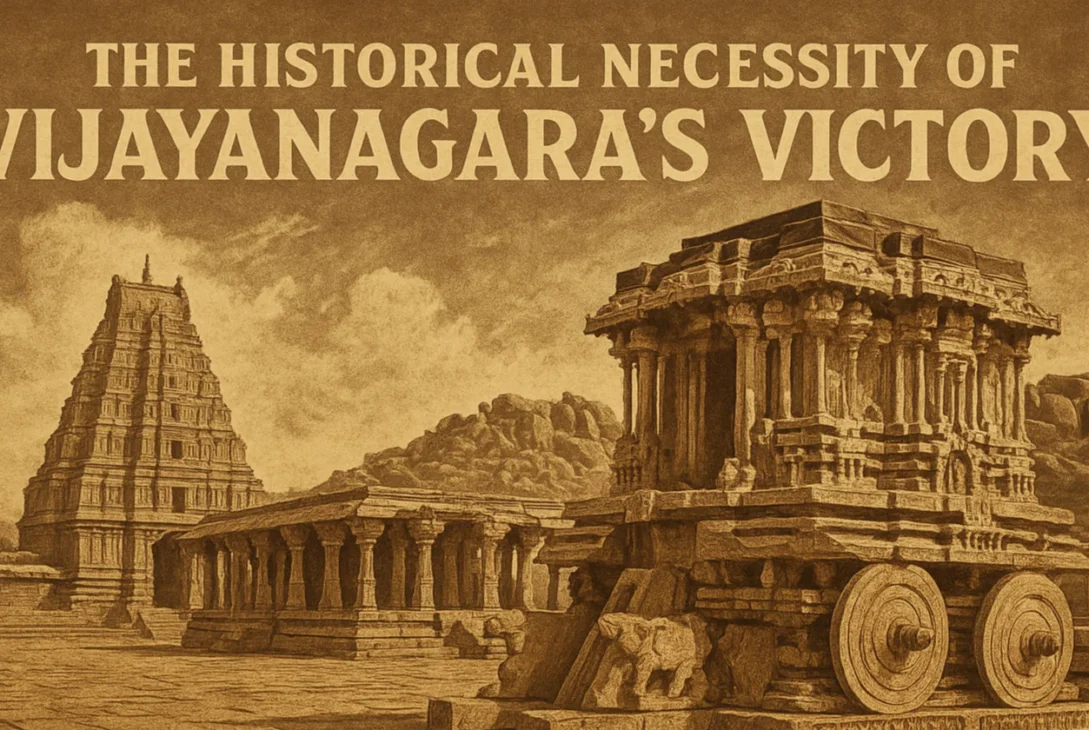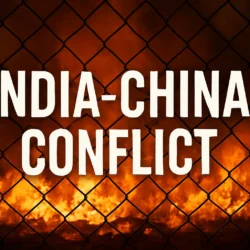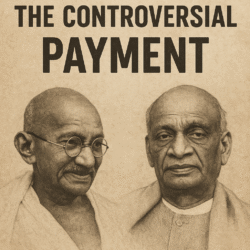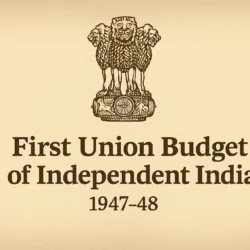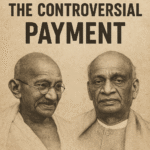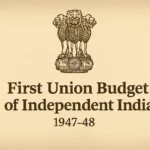The Historical Necessity of Vijayanagara’s Victory
The victory of Vijayanagara in the fourteenth century was not a mere coincidence. Instead, it was a historical necessity shaped by the tumultuous events of the time. The grandeur of Vijayanagara’s rise was the result of strategic brilliance and unwavering resolve to restore Indian sovereignty during a period of conflict and division.
India at the Dawn of the Thirteenth Century
By the dawn of the thirteenth century, India had seen the rise of the Delhi Sultanate, signaling the shift in power dynamics. The Delhi Sultanate’s rule over India began in 1290 AD when the Khilji dynasty took control. This marked a significant period in Indian history when the Muslim rulers became the dominant force, challenging the Hindu kingdoms.
The Conflict in Devagiriya: Early Struggles of Vijayanagara
In the midst of this power struggle, the Delhi Sultanate extended its reach into Devagiriya (modern Daulatabad). The kingdom’s strategic importance made it a target for invasion. Despite initial setbacks, Shankara Atharva Smanghar, under Chanakya’s leadership, successfully thwarted the invaders. However, the constant threats from foreign powers led to internal strife, and a peace treaty was signed to end the conflict, which brought temporary relief.
Tragedies of War: The Struggles of the South
The consequences of war were tragic, as the king of the south faced constant invasions, causing immense suffering. Many Hindu rulers were forced to defend their lands from Muslim invasions. The widespread torture of Hindus by Muslim forces during this period fueled resistance against the foreign occupation.
The Invasion of Gujarat: Muslim Expansion
In 1298 AD, Muslim commanders launched a campaign into Gujarat, capturing its capital and forcing the local rulers into submission. This invasion marked another chapter in the expansion of Muslim rule across northern and western India. Despite initial setbacks, the Rajputs and local Hindu rulers mounted significant resistance.
Hindu Resistance and Suffering: The Struggles of the South
The Hindu forces resisted these invasions with valor and strength, despite suffering greatly under the Muslim rulers. Hindu resistance movements fought to protect their religious and cultural heritage, eventually leading to the formation of several powerful Hindu kingdoms in the south.
The Campaigns of Muhammad bin Tughlaq
In 1307 AD, Muhammad bin Tughlaq, the Sultan of Delhi, sent his forces to crush the Hindu kingdoms in the south. The Telugu forces near Orangalli faced defeat at the hands of Tughlaq’s military. These campaigns, though initially successful, faced challenges due to the resistance from local kingdoms and the strategic defense of Hindu forces.
The Siege of Devagiriya: A Turning Point
In 1309 AD, the Delhi Sultanate laid siege to Devagiriya once again. However, the devastation caused by these repeated invasions only fueled the Hindu resistance, leading to the eventual rise of a stronger Vijayanagara Empire under Harihara and Bukka.
The Conquest of South India: Muslim Retreat and Hindu Resurgence
The Muslim forces suffered setbacks as local rulers and the rising Vijayanagara Empire began to consolidate power in southern India. The Pandyas and other regional kingdoms fought back against Tughlaq’s expansion in the south. This period witnessed the decline of the Delhi Sultanate’s influence as Vijayanagara’s strategic military victories changed the landscape.
The Fall of Kampili: A Loss to the Vijayanagara Forces
In 1313 AD, Mallik Kafar, a Muslim general, defeated the forces of Kampili. This victory temporarily weakened the Hindu kingdoms in the region. However, it laid the foundation for the eventual rise of Vijayanagara, whose rulers Harihara and Bukka would lead the charge against the Muslim forces.
The Final Campaigns: Muslim Expansion and Decline
Following the defeat of Kampili, the Delhi Sultanate shifted focus towards Vijayanagara, a growing Hindu power. Despite repeated attempts to subdue the kingdom, the resilience of Vijayanagara became increasingly evident. Muslim chroniclers recount several campaigns against the Vijayanagara forces, but these were often unsuccessful, demonstrating the strength of Hindu resistance in the south.
The Rise of Vijayanagara: A New Power in the South
Vijayanagara’s rise as a powerful kingdom in southern India was driven by the strategic genius of Harihara and Bukka. They capitalized on the weakening of Muslim forces in the south and used diplomacy, military strength, and local alliances to establish a stronghold in the south, giving birth to one of India’s most glorious empires.
The Final Conflict and the Fall of the Vijayanagara Empire
The Vijayanagara Empire faced numerous challenges throughout its history, including invasions, internal strife, and power struggles. However, its strength and influence in the south, along with its military and administrative brilliance, ensured its place as one of the most formidable empires in Indian history.
Legacy of the Vijayanagara Empire
The Vijayanagara Empire’s legacy is marked by its cultural achievements, military strategies, and resilience in the face of foreign invasions. While its fall in the late 16th century was a significant loss, the empire’s influence on the cultural and political landscape of India remains unparalleled.
